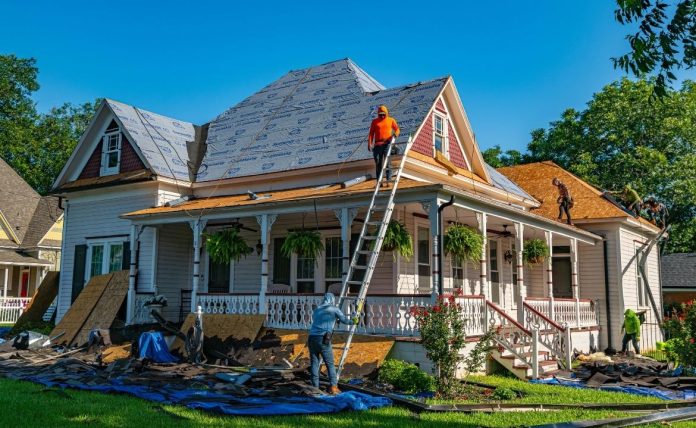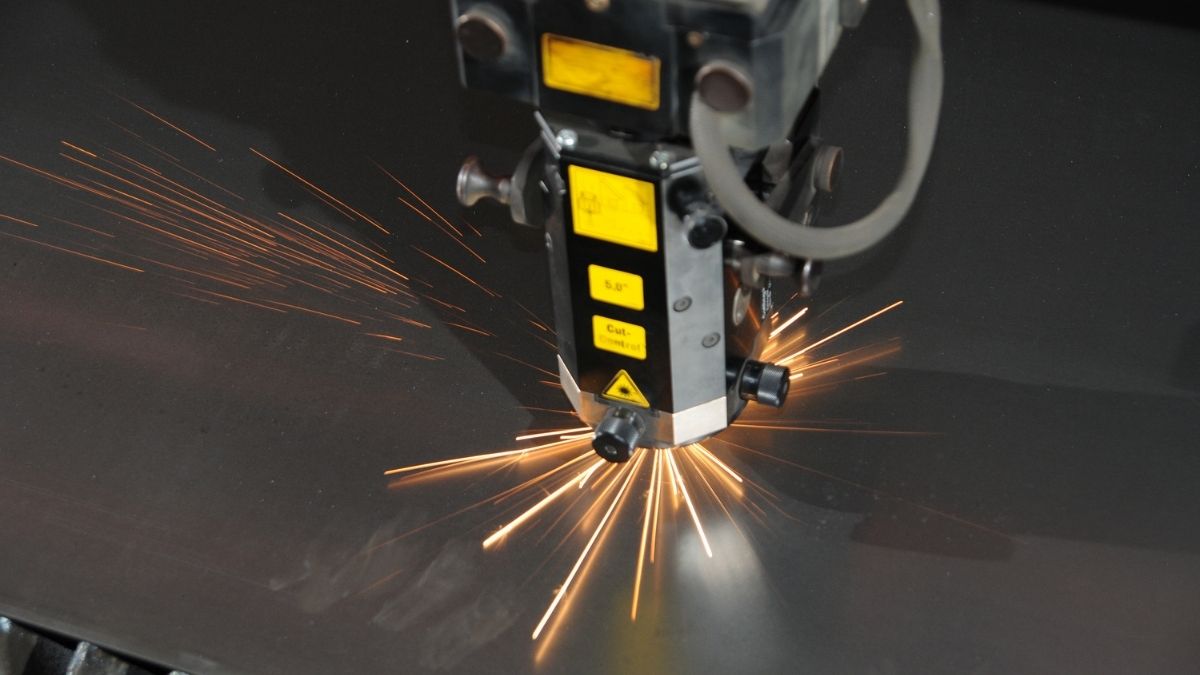When you spot cracks, warping, or a few missing siding panels, your first thought might be do I really need to replace all of it? The good news is, not always. In many cases, you can replace just the damaged sections and save both time and money. However, before you grab your tools or call an expert siding contractor, it’s important to understand a few key factors that determine whether partial siding replacement makes sense for your home.
1. Age and Availability of Your Current Siding
The age of your siding is one of the biggest factors in deciding if you can replace just a few pieces. If your siding is relatively new, finding matching materials is often simple. Manufacturers tend to keep newer products in stock, so getting a perfect match for color and design is easier.
But if your siding is over 10 or 15 years old, matching can become difficult. Many older siding styles and colors are discontinued, and even if you find something similar, it may not blend perfectly. In that case, you might need to replace an entire section instead of just a few pieces to maintain a consistent look.
2. Extent and Pattern of Damage
If the damage is limited to a small area say, a few panels on one side of your home partial replacement is often a good option. But if the problem is widespread, such as cracking or fading across multiple sides, a full replacement may be more cost-effective.
Weather events like hail, strong winds, or flying debris can create damage that appears small at first but may spread over time. It’s best to inspect the entire exterior carefully before deciding. Replacing only the visible problem areas could lead to uneven wear or more repairs down the road.
3. Matching Color and Texture
Matching the exact color and texture of your existing siding can be tricky. Sunlight causes fading, especially on older vinyl or painted wood. Even if you buy the same brand and color name, new panels might still look slightly different.
Some homeowners choose to replace entire walls or sides of their house to keep the look uniform. If you’re doing just a few panels, try to install the replacements in less noticeable areas, such as behind landscaping or near corners. An experienced contractor can help you get the best visual result.
4. Installation Method and Accessibility
How your siding was originally installed plays a major role in how easy it is to replace individual pieces. Many siding materials are interlocked or overlapped, meaning you may have to remove surrounding panels to reach the damaged ones.
Accessibility also matters. Panels located high up, near windows, or behind fixtures might require special tools or ladders. While a skilled DIYer might handle simple fixes, more complex replacements should be left to a professional. Proper installation ensures the siding remains watertight and structurally sound.
5. Condition of the Wall Beneath the Siding
Before installing new panels, it’s essential to check what’s underneath. Sometimes, siding damage is a sign of deeper issues like moisture intrusion or rotting sheathing. If the wall behind your siding is compromised, simply swapping out the outer panels won’t solve the problem.
A thorough inspection can reveal whether your home needs additional repairs before new siding goes up. Fixing these hidden issues now can prevent costly water damage and improve your home’s overall insulation and protection.
Final Thoughts
Replacing just a few pieces of siding can be a smart and budget-friendly way to restore your home’s appearance. However, it’s not always the right solution for every situation. Factors like age, material availability, color matching, and underlying damage should all be considered before starting the project.
If you’re unsure whether a small repair or a full replacement is best, consult an expert siding contractor who can assess the damage and guide you toward the most practical option. With the right approach, your home will stay protected, energy-efficient, and beautiful for years to come.









